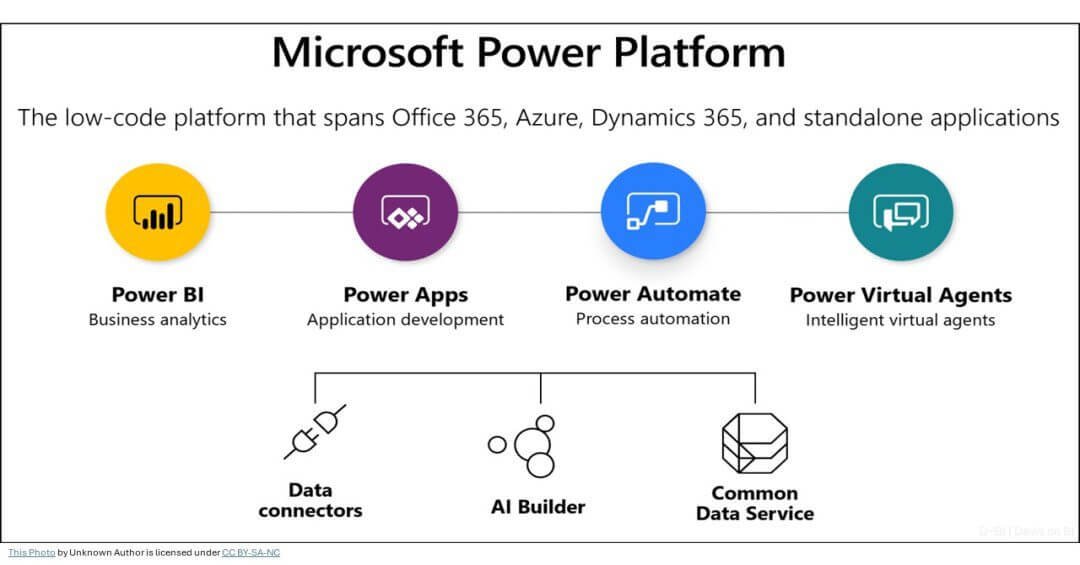
Mastering Workflow Automation: A Guide to Creating Flows in Power Automate
In modern digital landscape, businesses and people are usually searching for ways to streamline their approaches and enhance productiveness. The introduction of automation gear like Microsoft Power Automate has drastically empowered customers to automate repetitive duties and workflows easily.
Whether you are a pro professional or just venturing into the world of automation, Power Automate offers a consumer-friendly platform to craft robust workflows without the want for large coding information. This accessibility and ease of use make Power Automate a useful device for experts in any respect stages of know-how, permitting them to automate tasks and shop precious time.
Moreover, the seamless integration of Power Automate with Power Apps further amplifies its skills, allowing customers to create state-of-the-art workflows and automation approaches inside their Power Apps environment. This integration permits a holistic technique to technique automation, empowering customers to build green workflows that span across their Power Apps solutions, thereby enhancing the general performance and effectiveness in their business methods.
What is Power Automate?
Power Automate is a cloud-based service provided by Microsoft that allows users to automate workflows across various applications and services.
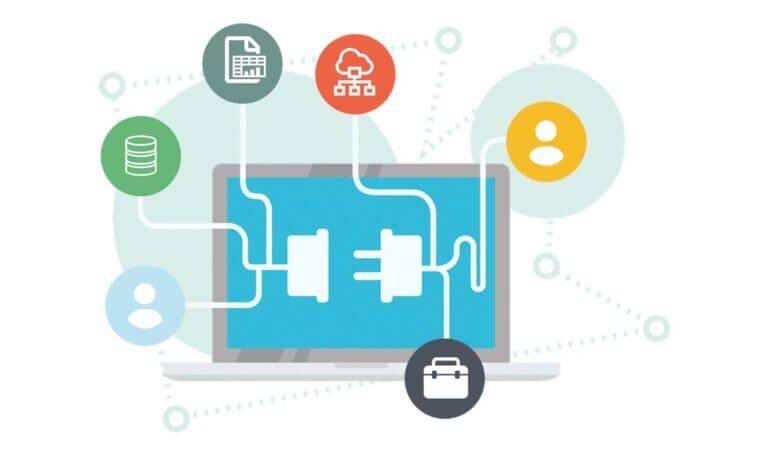
Formerly referred to as Microsoft Flow, Power Automate empowers users to seamlessly hook up with a myriad of famous apps and services, such as Office 365, SharePoint, One Drive, Salesforce, and extra. Its intuitive interface and tremendous range of templates make it clean for customers to automate repetitive tasks, synchronize files, gather statistics, and streamline enterprise approaches. The integration with Power Apps further expands its skills, allowing customers to create effective workflows and automate obligations within their Power Apps answers. This seamless integration between Power Automate and Power Apps allows customers to construct green automation tactics, improving the overall productivity and effectiveness in their enterprise operations.
How to create a workflow power app?
In order to create a workflow, follow these steps:
- Please visit https://make.powerapps.com/ and choose the suitable environment:
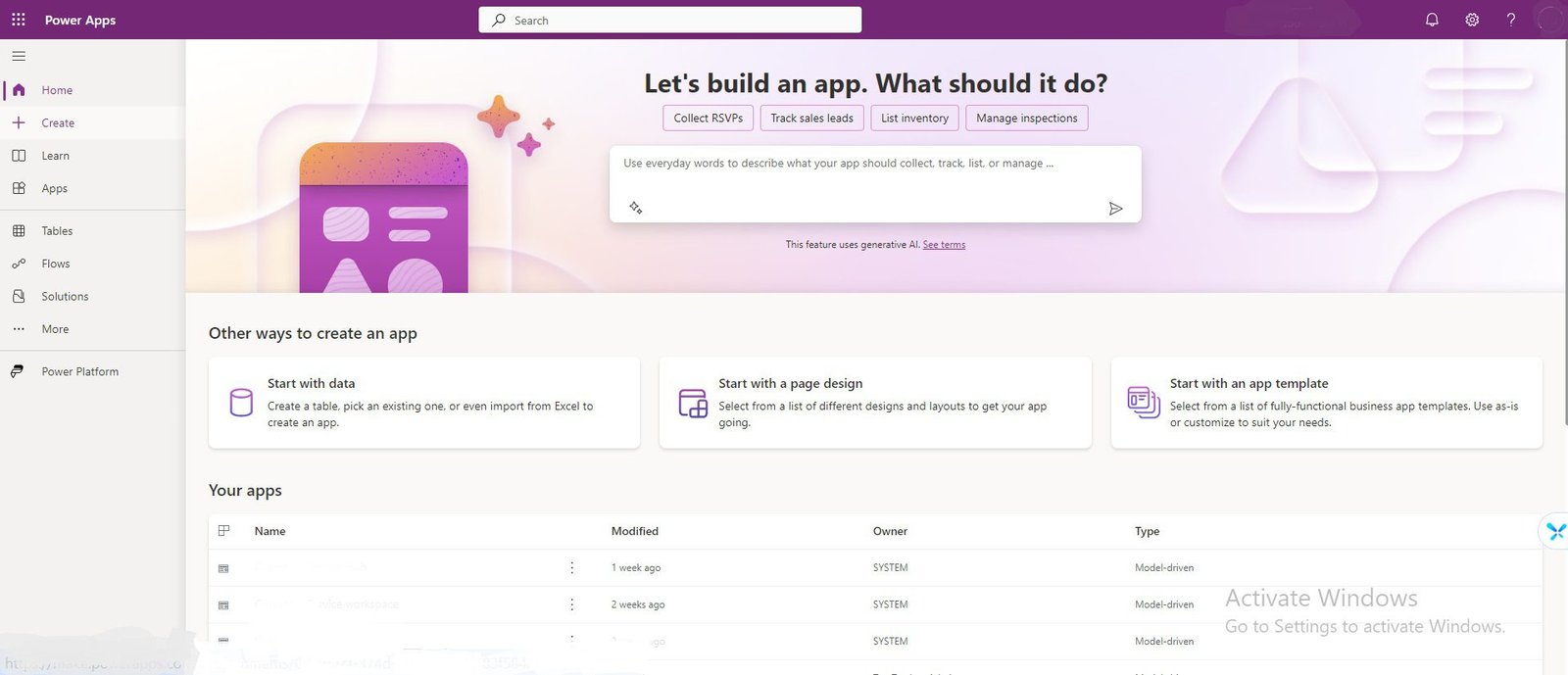
- Proceed to the solution where you intend to establish a workflow.
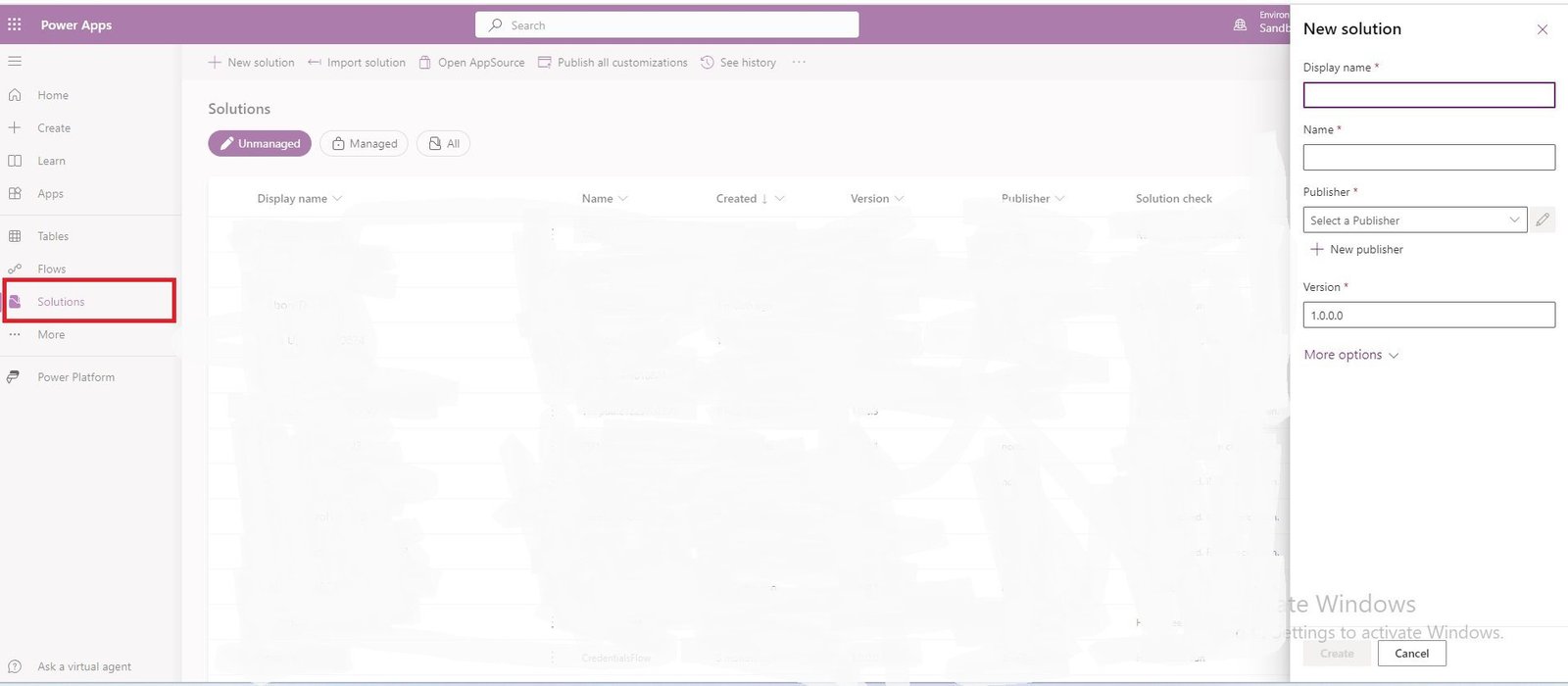
- Then select the solution and select the flow you want to create.
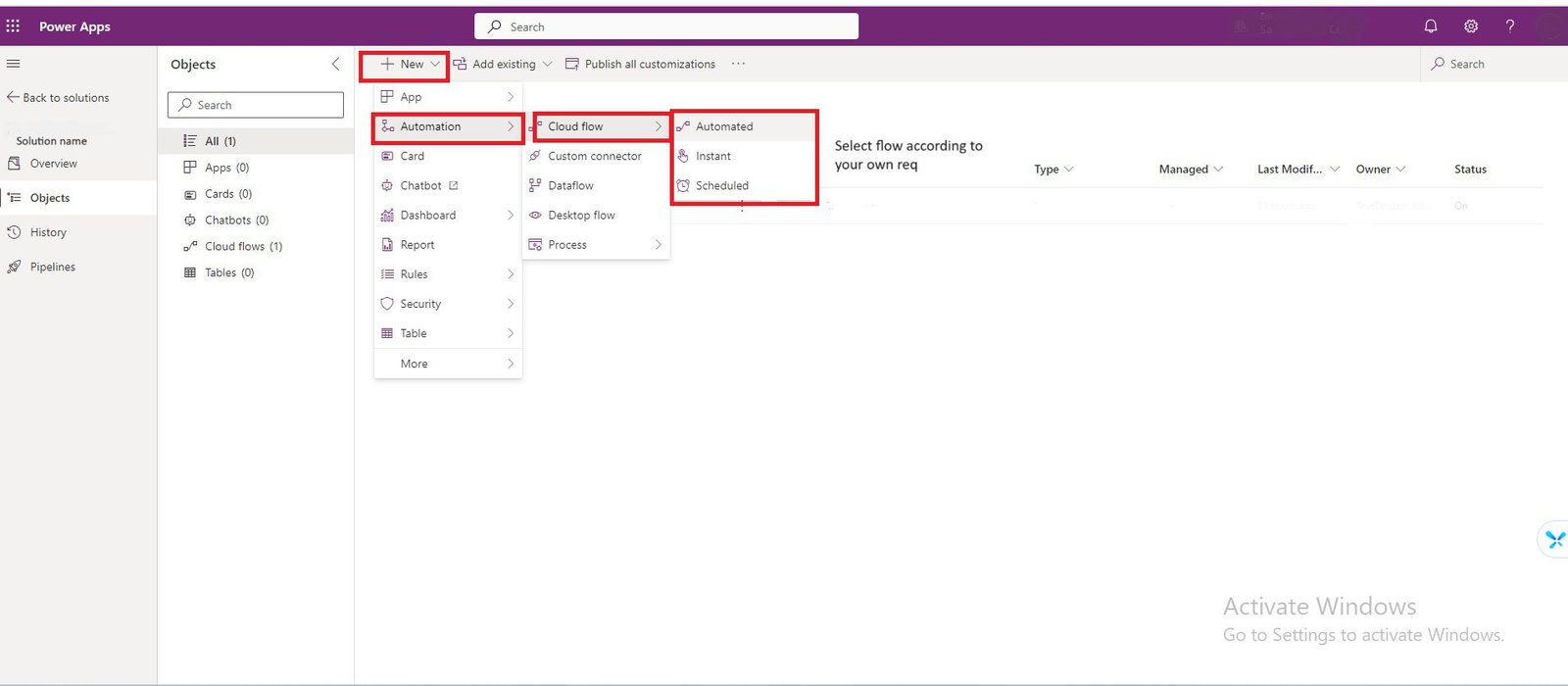
- Then, name the flow and begin creating it by simply dragging and dropping.

FAQs
Power Automate is capable of handling complex workflows with multiple decision points and conditional actions. Users can create branching logic and conditional statements within their flows to accommodate various scenarios and outcomes.
While Power Automate offers a user-friendly platform for workflow automation, there are some limitations and potential drawbacks to consider. For example, certain advanced features may require a higher-tier subscription, and there may be limitations on the number of flows or actions available within a specific pricing plan. Additionally, users may encounter compatibility issues or limitations when integrating with certain applications or services.
Power Automate prioritizes security and offers various features to protect sensitive data and ensure compliance with regulations. These include data encryption, role-based access controls, multi-factor authentication, and compliance certifications such as GDPR and ISO. However, users should still carefully consider their security requirements and implement best practices when designing and implementing workflows.

